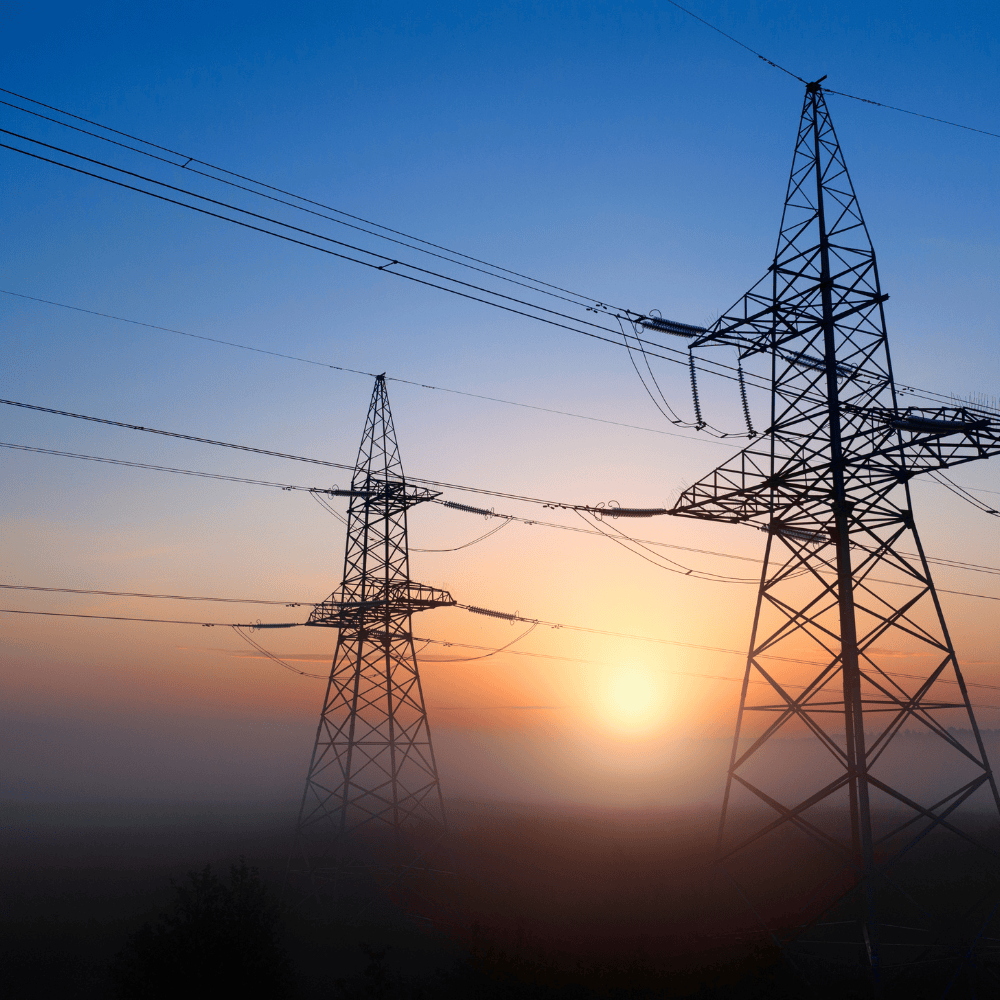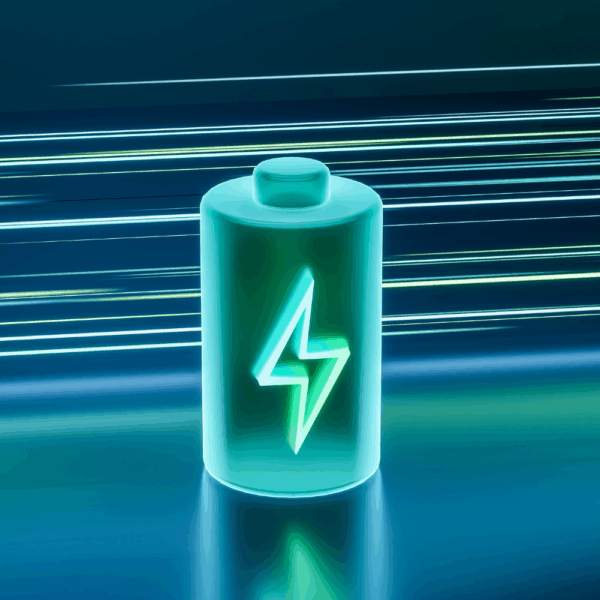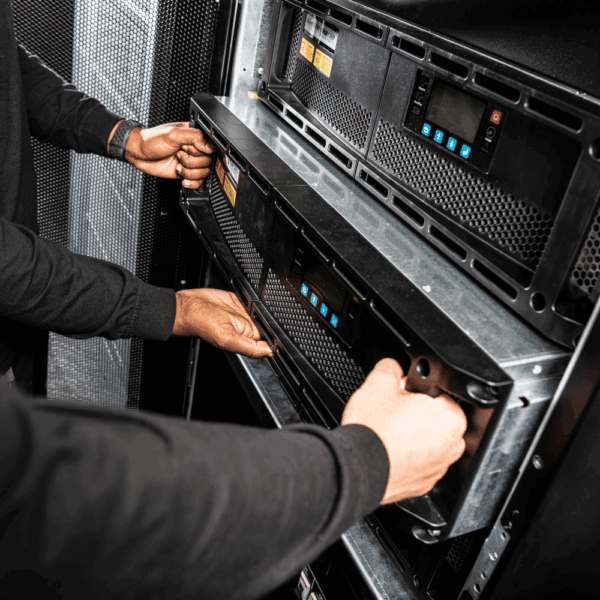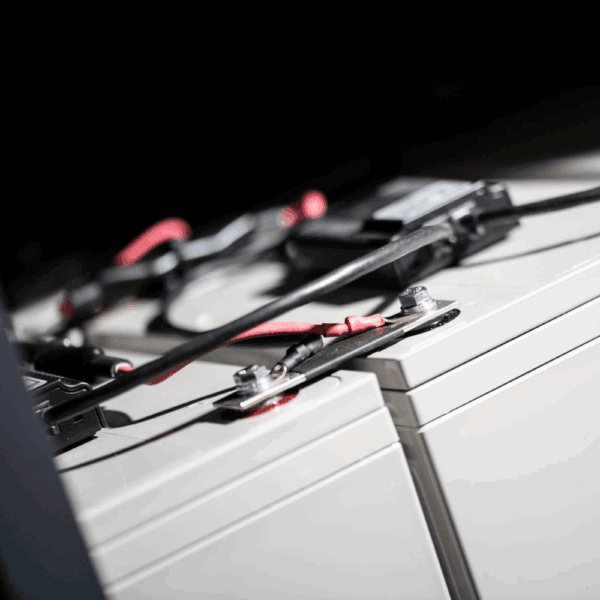This article explores two critical questions: What happens if your UPS loses its Neutral-Earth (N-E) reference? And how does a UPS respond to downstream faults? With UPS systems now vital for life safety and critical operations, understanding these issues is more important than ever.
When specifying or installing an Uninterruptible Power Supply (UPS), two of the most common — and critical — technical questions are:
- What are the risks if the Neutral-Earth (N-E) reference to the UPS is lost?
- How does a UPS handle a downstream fault?
As UPS systems become the backbone of life safety and mission-critical applications, these issues are more important than ever to ensure continuous protection and code compliance. Let’s explore what design engineers, facilities managers, and electrical contractors need to know.
The N-E Reference: Why It Matters
Many installations feature upstream 4-pole switching, especially within changeover systems between mains and generators. During changeover, there’s a risk of losing the N-E reference — the connection that normally ties neutral and earth together and ensures correct operation of both the Load and downstream protective devices.
Why is this a big deal?
- Losing N-E reference can cause unsafe voltages on the neutral, hinder correct fault detection, and potentially compromise protection for both equipment and personnel.
- During a supply transition, if the N-E reference is temporarily lost, this may cause erroneous operation of downstream earth fault.
UPS and Downstream Faults: Know Your Protection
A common misconception is that a UPS behaves like a traditional mains supply when clearing faults. In reality, most standard UPS systems:
- May have limited fault current capacity: They can only supply a fraction of the current, compared with mains, and maybe unable to quickly trip downstream breakers or fuses during earth or short-circuit faults.
- Behaviour varies by mode: The UPS’s response depends on whether it is in inverter mode, bypass mode, or if operating in battery mode.
- Protective devices often operate differently on an inverter compared with mains supply.
For life safety systems, such as emergency lighting or fire alarms, correct fault clearance is mandatory to comply with standards and keep people safe.
What You Need to Specify
When planning a UPS installation, particularly for critical or life safety applications:
- Understand the implications of a lost N-E reference: Assess if the system maintains earth continuity during changeover and if additional steps are required.
- Size the UPS for fault handling: Ensure your UPS and its static bypass have enough capacity to clear likely downstream faults, in the required mode, or coordinate with protective devices.
- Consult regulations: Standards like BS7671 (IET Wiring Regulations) set out clear requirements for fault clearance and earthing in UPS-backed circuits.
Free CPD Webinar | 30th September 2025
Neutral Earth and Fault Clearance: Design Considerations when Using a UPS
With the increasing reliance on UPS for life safety and critical systems, understanding these technicalities is essential.
Join us for our one-hour free CPD webinar where we’ll discuss the often-misunderstood topic of fault clearing of loads and neutral earthing supplied by an uninterruptible power supply (UPS).
Learn what the 18th edition regulations state, how a UPS operates in order to clear a fault, and things to consider when planning distribution.
Register your free space here.




